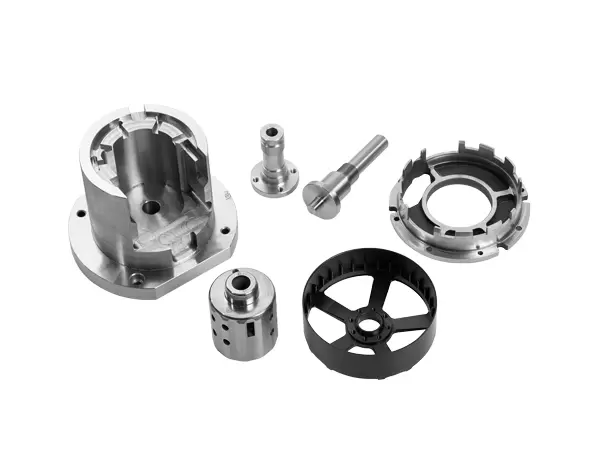Mold is a common household problem that can cause various health issues and damage to your property. When it comes to eliminating mold, two popular options often come to mind: bleach and ammonia. But which one is truly the superior mold killer? In this comprehensive blog post, we will delve into the depths of these two substances, exploring their effectiveness, safety, and the best practices for mold eradication.
- Understanding the Basics:
Before we compare bleach and ammonia, it's crucial to understand their individual properties and how they interact with mold. Bleach, a powerful oxidizing agent, works by breaking down the proteins and enzymes in mold, effectively killing it. On the other hand, ammonia, a strong alkaline compound, alters the pH levels of mold, hindering its growth and ultimately eliminating it. - Effectiveness:
When it comes to killing mold, both bleach and ammonia have their strengths. Bleach is highly effective against surface mold, as it can penetrate porous materials and remove stains. However, it may struggle to eliminate mold roots embedded deep within surfaces. Ammonia, on the other hand, excels at killing mold on non-porous surfaces and can effectively reach hidden areas. Its alkaline nature also prevents future mold growth. Therefore, the choice between bleach and ammonia depends on the type and extent of the mold infestation. - Safety Considerations:
While bleach and ammonia can be effective mold killers, it's essential to prioritize safety during the remediation process. Bleach emits strong fumes that can irritate the respiratory system and damage surfaces over time. Mixing bleach with other cleaning agents, such as ammonia, can produce toxic gases. Ammonia, too, can be hazardous when used improperly, causing respiratory issues and eye irritation. It is crucial to follow safety guidelines, use protective gear, and ensure proper ventilation when working with these substances. - Best Practices for Mold Eradication:
To maximize the effectiveness of bleach or ammonia in mold removal, it is essential to follow these best practices:
- Identify the type of mold and the affected surfaces.
- Prepare a solution of bleach or ammonia with water, following the recommended ratios.
- Apply the solution to the affected areas using a spray bottle or sponge.
- Allow the solution to sit for a sufficient amount of time to ensure mold eradication.
- Thoroughly rinse the treated areas with clean water and dry them completely.
- Implement preventive measures, such as improving ventilation and reducing moisture levels, to prevent future mold growth.
Conclusion:
In the battle between bleach and ammonia, there is no clear winner. Both substances have their advantages and limitations when it comes to killing mold. Bleach is effective against surface mold and stains, while ammonia excels at reaching hidden areas. However, safety should always be a priority, and proper usage guidelines must be followed to avoid any health risks. Ultimately, the choice between bleach and ammonia depends on the specific mold situation and the surfaces affected. By understanding their properties and employing best practices, you can effectively combat mold and create a healthier living environment.



More Stories
Why A283 Carbon Steel Coil Is the Preferred Choice for Structural and Fabrication Projects
How Does an Electric Fast Charger Work? Demystifying the Technology
What Are Stacked Cores and How Do They Improve Efficiency?